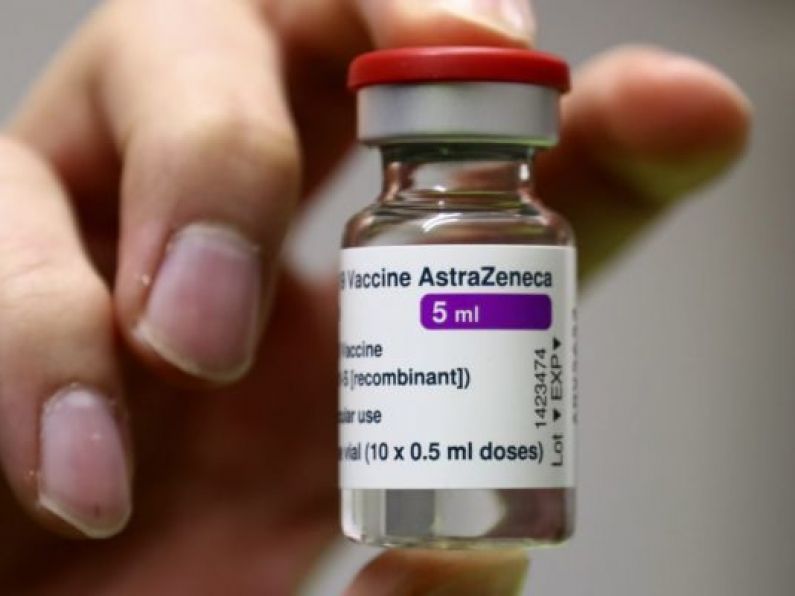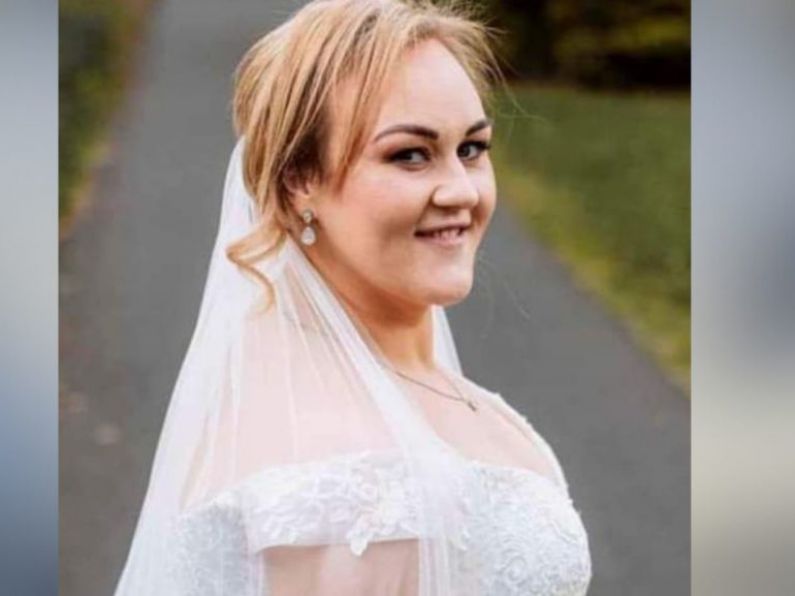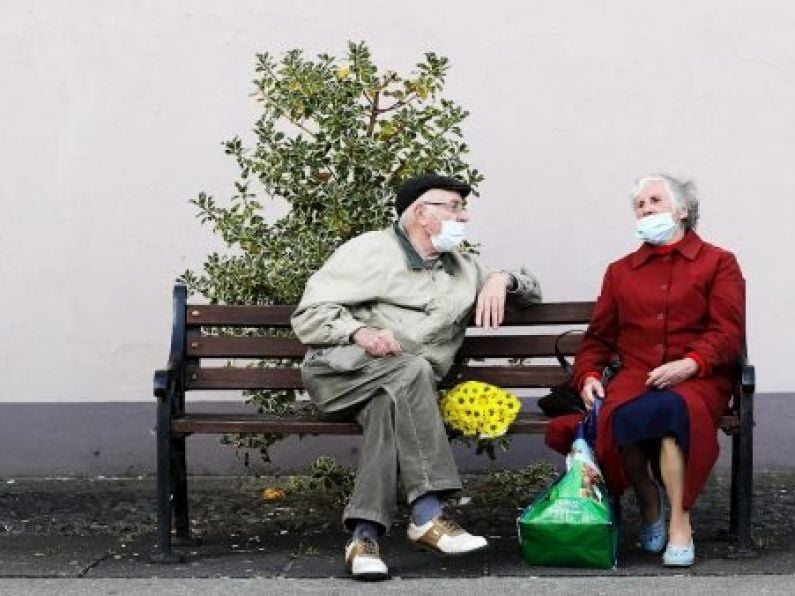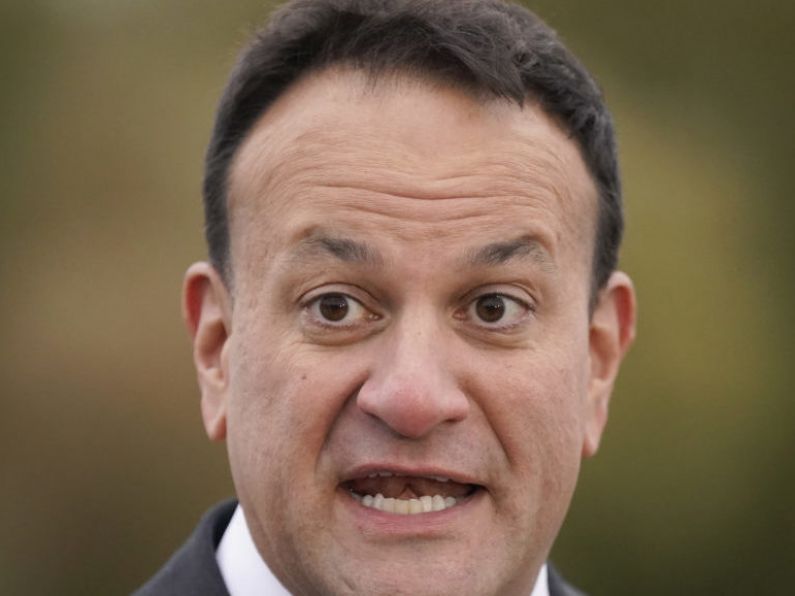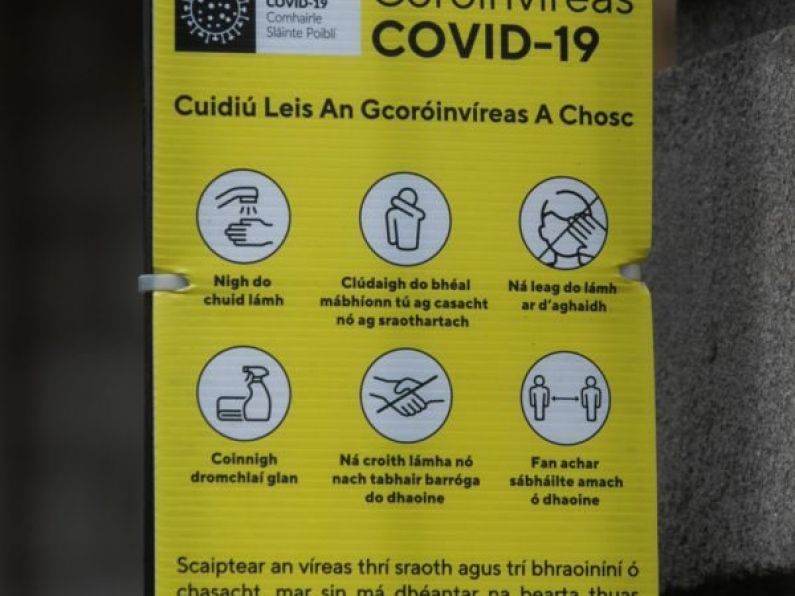The Health Service Executive (HSE) will be able to reduce the gap between the first and second doses of AstraZeneca vaccine from 12 weeks to eight weeks, after it received new advice.
The advice was outlined in a letter from chief medical officer Dr Tony Holohan which has been sent to the HSE after a new recommendation from the National Immunisation Advisory Committee (Niac).
The HSE will now consider the advice and how it can be used in the national vaccine rollout.
Second dose
If the advice is taken up, people who have received their first AstraZeneca dose will now receive a second jab at least four weeks earlier.
The HSE's decision will depend on whether enough vaccines are available to make this change, The Irish Times reports.
The gap between AstraZeneca doses was initially 16 weeks before being reduced to 12 weeks.
Studies in the UK have found that the Pfizer and AstraZeneca vaccines are only 33 per cent effective in protecting against infection by the delta variant, first identified in India, but effectiveness rises to 80 per cent after two doses.
Speaking at Thursday's National Public Health Emergency Team (Nphet) briefing, Professor Philip Nolan said incidence rates among young adults remain high, with an increasing rate of infection being noted among people aged 19-24.
He added the wider incidence rates among all age groups is stable, estimating the reproductive of R number as being “just below one”.
On a positive note, Prof Nolan said incidence rates are dropping among vaccinated cohorts, with the 'vaccine effect' now being seen among people in their sixties.
"So many people have been onto me from the 60-69 age group, whose doses are 14 or 12 weeks apart" said Labour leader and Tipperary TD Alan Kelly, "and really they're a group that could be quite vulnerable but have the longest period to wait to be vaccinated. Many of will be vaccinated long before them."
Kelly also said the decision was prompt, given rising worry about the new Indian variant which has found its way into Ireland over the past two weeks.
"So if they are going to be such an issue, we obviously have to protect the most vulnerable.
"I'm very happy that NIAC have made this decision, this is right thing and follows on from what they're doing in other jurisdictions."
Large gatherings
Asked about his tweet on Saturday night in which he expressed his shock at large outdoor crowds gathering in Dublin city centre, chief medical officer Dr Tony Holohan said his remarks were “not a moral judgement” but rather an opportunity to highlight situations which pose a significant risk for the transmission of the virus.
Dr Holohan said the crowds were similar to “Jones' Road on the day of an All-Ireland”, adding with crowds of that size social distancing could not be maintained, meaning if outdoor transmission was to occur it would be at such gatherings.
He added these crowds could have been anticipated given the good weather, but it was the scale of the crowds which was concerning.
Despite this, Dr Holohan said the public has, for the most part, remained “remarkably compliant”.
